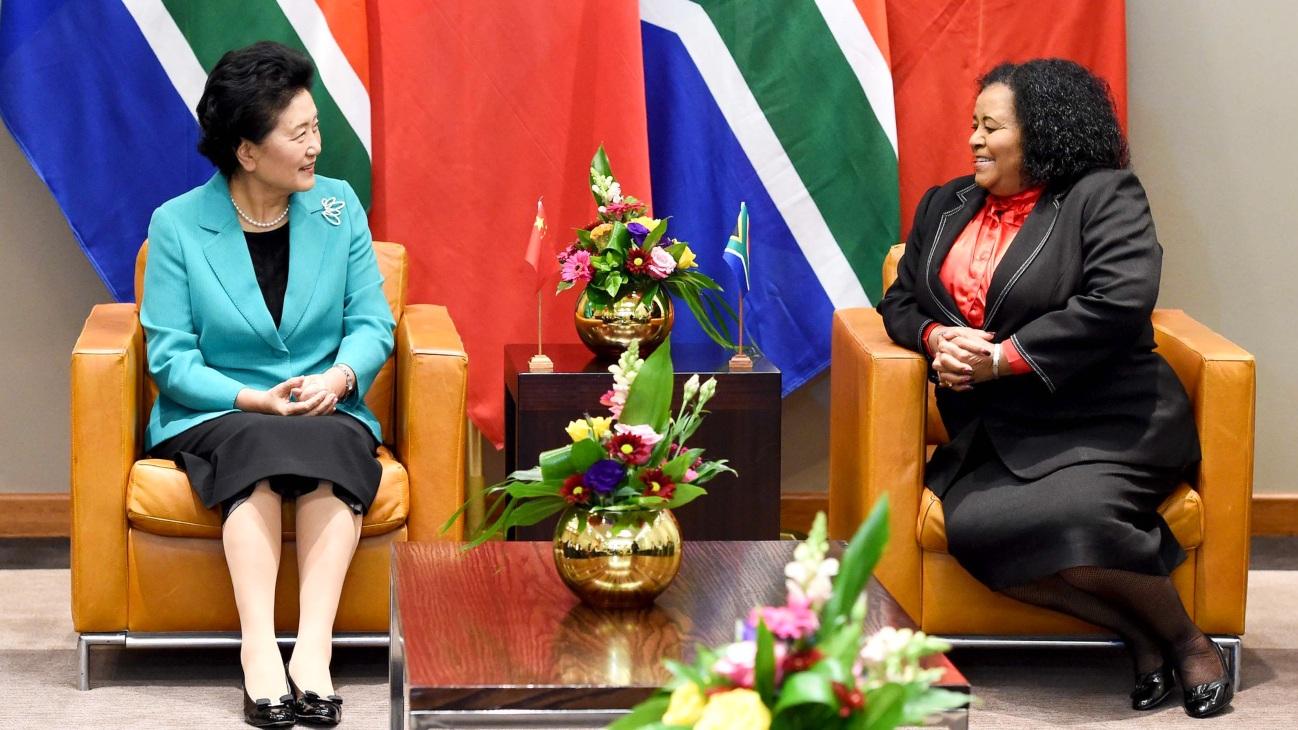Dr Omar McDoom belongs to LSE’s Department of Government. In his latest research, Dr McDoom examines the psychological mechanisms that can trigger security threats using Rwanda as a case study.
The strategic use of fear to influence public opinion and to achieve political goals has a long pedigree. Citizens of liberal democracies in the western world will readily recall the communist threat of the Cold War and the “Islamist” threat post 9/11.
Each of these transnational threats was accompanied by important increases in security spending and by the accentuation of a divide between communities on either side of the implied ideological and religious boundaries.
At the subnational level, ethnic boundaries represent similar fault-lines readily instrumentalised for political ends. Threats, both real and perceived, posed by one group to another may be exploited by political entrepreneurs to increase the salience of ethnic boundaries. And inter-ethnic violence is a particularly destructive expression of this heightened identity salience.
In new research described here, Dr McDoom aims to understand the micro-mechanics of how security threats work to polarise communities. He identifies several distinct psycho-social mechanisms behind inter-group threats and illustrates their operation by drawing on evidence from Rwanda during its 1994 genocide.
Rwanda’s ethnic violence occurred in the context of a civil war that began in October 1990 culminating in its well-known genocide that ended in July 1994. The war was fought between a mainly Tutsi rebel group, the Rwandan Patriotic Front (RPF), and a Hutu-controlled government.
The catalyst for the genocide was the assassination of Rwanda’s Hutu President on 6 April 1994, widely attributed by Rwandan Hutu at the time to the RPF.
Dr McDoom analysed the transcripts of Rwanda’s hate radio station, RTLM, to compare the language used in the pre-assassination period of the war – when the security threat was minor – with the post-assassination phase – when the security threat had became acute.
In addition to a quantitative analysis of the radio broadcasts, Dr McDoom also conducted a survey of 300 Rwandan Hutus to measure to what extent these messages framed from above had been internalised in their recollections of the events leading up to 1994.
The results point to at least four important psychological mechanisms at work behind inter-group threats. The first mechanism identified is boundary-activation: as the threat grows, the more important the group identities distinguishing in-group from out-group become.
The threat is framed or rationalised increasingly as part of a conflict between two readily-identifiable social groups, such as those defined along ethnic lines. In Rwanda, the civil war would be narrated as an ethnic conflict, one between the Hutu majority in-group and Tutsi minority out-group. It was not framed as simply a conflict between the government and rebels.
The second mechanism identified is out-group negativity: the greater the threat, the greater the references that denigrate the out-group. Often the threat is framed to resonate against negative historical and cultural beliefs – myths or narratives – that exist within the in-group about the out-group.
In Rwanda, historical references to Hutu oppression at the hands of the Tutsi increased as the threat itself increased.
The third mechanism is out-group homogenisation: the greater the threat, the greater the de-individualisation of out-group members. The threat is perceived as one posed not only by those bearing arms, but by all members of the out-group.
In Rwanda as the threat peaked, all Tutsi civilians would be seen as the enemy. It was not just rebel combatants who represented the threat.
The fourth and final mechanism is in-group solidarity: the greater the threat, the stronger the demand for in-group loyalty. Countering the threat is framed as a test of loyalty.
In Rwanda, accusations of Hutu disloyalty increased in response to the growing threat, and those disloyal were seen as the enemy or else as the enemy’s collaborators.
Together, these four psycho-social effects of threat amount to what Dr. McDoom terms group polarisation.
Read the full paper





Such an interesting real-life application of these psychological concepts! How can I cite this paper — where has it been published? Thank you!
Hi Sofia,
Here you are:
McDoom, O. S. (2012). “The Psychology of Threat in Intergroup Conflict: Emotions, Rationality, and Opportunity in the Rwandan Genocide.” International Security 37(2): 119-155.